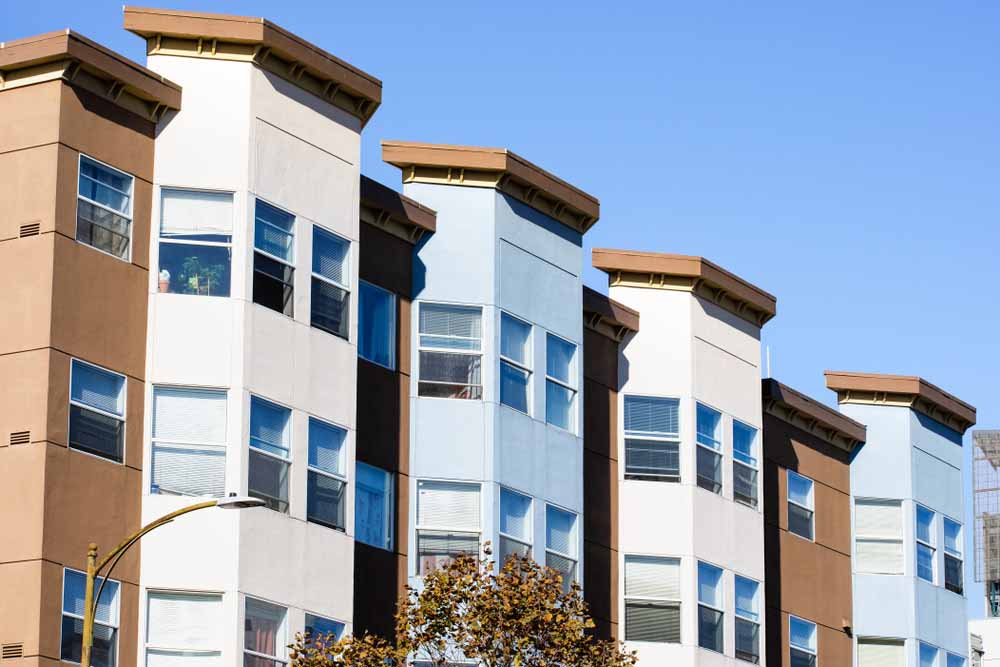How Plumbing Systems Differ Between Single-Family and Multi-Unit Buildings

Plumbing systems are designed with the type of property in mind, and those differences affect maintenance, efficiency, and repair strategies. As a trusted local plumber in Northridge, CA, Roberts Plumbing Hydro Jet & Rooter works on both residential and commercial projects, which gives us direct insight into how layouts and demands vary. Understanding these differences can help homeowners and property managers make informed choices about care, upgrades, and budgeting.
Water Supply in Single-Family Homes vs. Multi-Unit Properties
In a single-family home, the water supply is typically connected through one main line that branches into separate pipes for sinks, showers, toilets, and appliances. Each fixture is directly tied to the municipal water source through that system. Pressure is easier to regulate since the household demand is limited to one family.
Multi-unit buildings, on the other hand, require more complex systems. They often include booster pumps, storage tanks, or pressure-regulating valves to keep water balanced across multiple floors and units. According to the U.S. Environmental Protection Agency, an average American family uses over 300 gallons of water per day, which shows how demand can multiply quickly in a 20-unit apartment complex. Without proper balancing, some residents could experience weak water flow while others have higher pressure than needed.
Drainage and Waste Line Differences
A single-family home usually relies on one main sewer line that connects the property to the city sewer. If a blockage occurs, the issue typically affects the entire household but is contained within that one system. Drain cleaning and maintenance from a skilled Northridge plumber are more straightforward and easier to schedule.
For multi-unit properties, drainage networks are shared. Wastewater from multiple kitchens, bathrooms, and laundry facilities connects to larger vertical stacks before reaching the main sewer. This design means that a clog on one level can affect several units below it. Plumbing repairs in these buildings often require coordination with multiple tenants or managers, since the system is interconnected.
Maintenance Demands Between Property Types
Routine upkeep also looks different. Homeowners can schedule plumbing services as needed, such as annual inspections or water heater maintenance. They usually have direct access to their systems, making minor leaks or fixture replacements manageable.
Multi-unit buildings need more structured schedules because of the scale of the infrastructure. Property managers often arrange quarterly or semi-annual inspections to prevent costly breakdowns. A plumbing company working with these properties must be prepared for larger-scale issues, from sewer line cleaning to repiping entire sections of the building. Preventive maintenance is critical since one issue can inconvenience dozens of residents at once.
Cost and Responsibility Factors
Another important distinction is financial responsibility. In a single-family home, the homeowner is responsible for both the cost and the decision-making process when it comes to plumbing work.
In multi-unit settings, responsibility is shared or outlined by lease agreements and building policies. For example, a clogged kitchen sink may be the tenant’s responsibility, but a blocked sewer stack is the landlord’s or the building association’s. Clear agreements are essential to avoid disputes, and professional Northridge plumbers can help assess whether a problem is unit-specific or building-wide.
FAQs About Plumbing in Different Property Types
Q: Are plumbing codes different for single-family and multi-unit buildings?
A: Yes. Building codes often have stricter requirements for multi-unit properties, including pipe sizing, backflow prevention, and accessibility standards. These regulations help maintain safety and consistency across shared systems.
Q: How often should multi-unit buildings schedule plumbing inspections?
A: Most property managers arrange inspections every three to six months. The frequency depends on the size of the building and the age of the plumbing infrastructure.
Q: Are water usage costs higher for multi-unit buildings?
A: Yes. Since water demand is multiplied across multiple households, utility bills are significantly higher. Some buildings use sub-metering systems so tenants can be billed individually based on actual usage.
From individual households to large complexes, each system requires a tailored approach to keep everything running smoothly. Roberts Plumbing Hydro Jet & Rooter has been in business for over 25 years and is licensed, bonded, and insured to serve both residential and commercial clients. Whether you need repairs, upgrades, or scheduled care, we’re here to help. Call us today to schedule an appointment.




